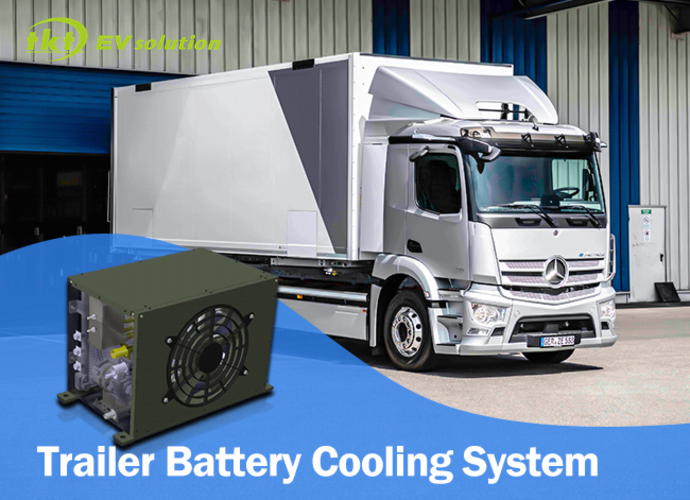01. Conventional Vs. Electric Vehicles
Conventional vehicles are based on the internal combustion engine and are driven by fuel consumption. As a result, imported oil makes up a large part of a country’s economy. In contrast, electric vehicles, which are powered by electricity, not only support the economy but also ensure the country’s energy security. As electric vehicles become more popular, it is important to understand how they function, especially how the battery system works. Electric vehicles rely on rechargeable batteries for their operation. While providing power to the electric motor, the battery heats up and needs to be dissipated through a thermal management system. An EV’s battery cooling system regulates the temperature of the battery and other electronic systems. So, how do electric vehicles work? What are the battery cooling methods?
02. How Electric Vehicles Work
Electric cars are the future of mobility. Compared to conventional cars, electric cars offer a better driving experience with excellent torque, power, speed, and acceleration. In addition to this, electric vehicles have other advantages such as zero fuel consumption, environmental friendliness, low maintenance requirements, high efficiency, a spolehlivost. These advantages are due to its principle of operation: the conversion of electrical energy to drive mechanical motion. This requires batteries, chargers, and electric motors to work in tandem with each other: rechargeable batteries supply the electric vehicle with electrical energy, which is then converted into drive power by the electric motor as required. When the batteries run out of power, the electric car will not be able to move an inch. To ensure that your electric car runs reliably, the battery is critical. So what are the common battery types?03. Common Electric Vehicle Battery Types
Electric cars rely on various types of rechargeable batteries. Lithium-ion and lithium-polymer batteries are two of the most common in modern electric vehicles. Both have a high energy density compared to their weight. In addition to these, nickel-metal hydride batteries are also used in hybrid electric vehicles, and lead-acid batteries are used for auxiliary power supply in electric vehicles.04. Adverse Effects Of Overheated Batteries
Overheating is one of the main culprits that accelerate the aging of batteries. Heat makes it difficult for the battery to work, and over time, battery performance will continue to decline. DC fast charging is detrimental to battery life because the fast charging current causes the battery temperature to rise. High battery temperatures can cause the battery fluid to evaporate, damaging the internal structure of the battery and causing irreversible damage. At optimal temperatures, discharge power availability, regenerative braking charging, and battery health are at their best. As temperatures rise, battery life, EV drivability, and economy decrease. Therefore, the role of battery cooling systems in electric vehicles should not be underestimated.



